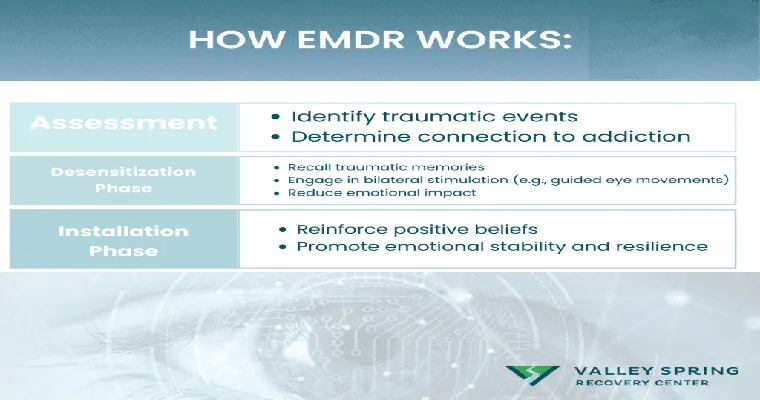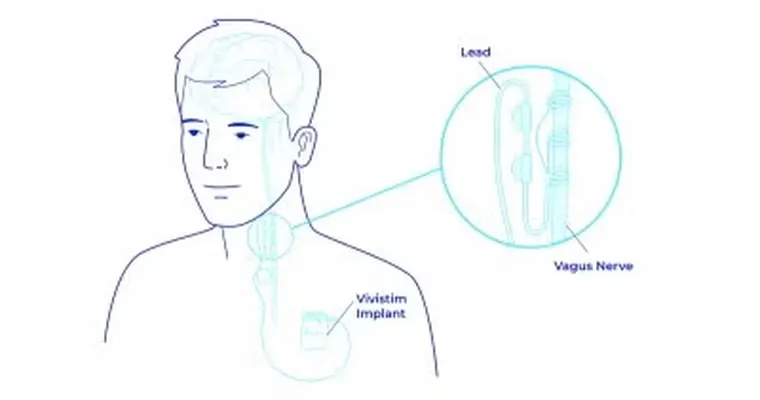"EMDR therapy", which stands for Eye Movement Desensitization and Reprocessing, is a therapeutic approach specifically designed to help individuals who have experienced trauma, including "victims of abuse". This innovative therapy allows individuals to process distressing memories and emotions associated with their traumatic experiences, leading to significant improvements in mental health and overall well-being. In this article, we will explore what EMDR therapy is, how it works, and its effectiveness for survivors of abuse.
Understanding EMDR Therapy
Developed by Francine Shapiro in the late 1980s, EMDR therapy is based on the idea that traumatic memories can become stuck in the brain, causing ongoing psychological distress. The therapy involves a structured eight-phase approach that helps clients reprocess these memories. During the sessions, a trained therapist guides the individual through specific eye movements or other forms of bilateral stimulation while they recall traumatic events. This process aims to reduce the emotional charge associated with these memories, allowing individuals to integrate them more effectively into their life narrative.
The Phases of EMDR Therapy
EMDR therapy consists of several distinct phases:
1. "History Taking": The therapist gathers information about the client's history and identifies specific traumatic memories to target during the sessions.
2. "Preparation": The therapist explains the EMDR process, establishing a safe environment and teaching the client relaxation techniques to manage distress.
3. "Assessment": The therapist identifies the negative beliefs related to the traumatic memory and the desired positive beliefs the client wishes to adopt.
4. "Desensitization": Using bilateral stimulation, the therapist guides the client to recall the traumatic memory while focusing on the associated feelings and physical sensations.
5. "Installation": The therapist helps the client to strengthen positive beliefs that counteract the negative thoughts tied to the trauma.
6. "Body Scan": The client is asked to focus on any residual tension or discomfort in their body related to the memory, allowing them to process these sensations.
7. "Closure": The therapist helps the client return to a state of equilibrium, ensuring they feel safe and grounded after the session.
8. "Re-evaluation": In subsequent sessions, the therapist assesses the client's progress and addresses any remaining distress related to the traumatic memory.
How EMDR Therapy Works
The effectiveness of EMDR therapy lies in its ability to facilitate the brain's natural healing processes. By engaging both the left and right hemispheres of the brain through bilateral stimulation, EMDR helps to create new neural connections. This can lead to a reduction in the vividness and emotional intensity of traumatic memories. As clients work through their experiences, they often find that their symptoms of anxiety, depression, and PTSD diminish, allowing them to reclaim their lives.
Effectiveness for Victims of Abuse
Research has shown that EMDR therapy can be particularly beneficial for "victims of abuse", including emotional, physical, and sexual trauma. Many survivors report significant improvements in their ability to cope with distressing memories and feelings. EMDR therapy not only alleviates symptoms of PTSD but also fosters resilience and empowerment, enabling individuals to move forward in their lives with greater confidence and hope.
Conclusion
EMDR therapy is a powerful tool for those struggling with the aftermath of abuse. By understanding and addressing the roots of their trauma, victims can find healing and restoration. If you or someone you know is a survivor of abuse, consider reaching out to a qualified EMDR therapist to explore this transformative therapy. Embracing the journey of healing can lead to profound changes in mental health and overall quality of life.





